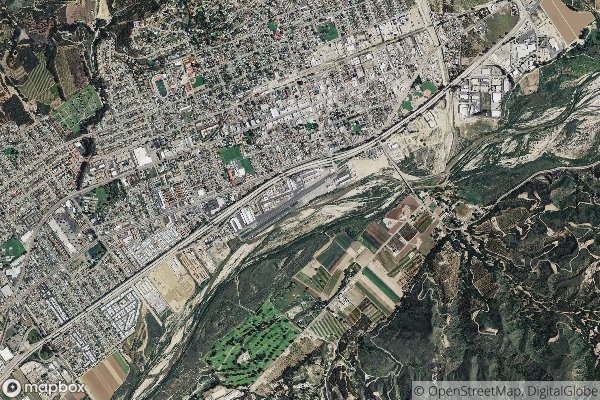| Code | BDG/KBDG |
| Name | Blanding Municipal Airport |
| Location | Blanding, Utah, USA |
| Major airlines | N/A |
- See here the complete List Of All Airports In United States with Codes.
Understanding BDG/KBDG Airport Code (Structure of Airport Codes, Challenges and Confusions)
When it comes to airport codes, they can often be quite confusing for those who are not familiar with them. The BDG/KBDG airport code is no exception to this rule. In this article, we will explore the structure of airport codes, the challenges and confusions that can arise from them, and how to decode the BDG/KBDG airport code.
Decoding Airport Code
Decoding airport codes can be a complex task, especially for those who are not well-versed in the aviation industry. The BDG/KBDG airport code follows the standard 3-letter format for most airport codes, however, the specific letters themselves can have various meanings. In the case of BDG/KBDG, the “BDG” portion likely refers to the airport’s location or name, while the “K” prefix is commonly used in the United States to indicate that the airport is located within its borders.
Operational Significance
The airport code plays a crucial role in aviation operations. It is used for a variety of purposes, including flight planning, ticketing, baggage handling, and communication between pilots and air traffic controllers. For example, when a pilot files a flight plan, they will use the airport code to indicate their departure and arrival locations. Similarly, passengers will often use the airport code when booking flights or checking in for their journeys.
History of Airport Codes
The history of airport codes dates back to the early days of commercial aviation. In the 1930s, the International Air Transport Association (IATA) developed a standardized system for assigning 3-letter airport codes to reduce confusion among pilots and air traffic controllers. This system has since been widely adopted and is used by airports around the world.
In addition to the IATA codes, there are also 4-letter ICAO codes that are used primarily for air traffic control and airline operations. These codes often provide more specificity and are especially important for international flights.
In conclusion, airport codes such as BDG/KBDG may seem perplexing at first, but they are an essential part of the aviation industry. By understanding the structure of these codes and their operational significance, passengers and aviation professionals alike can navigate the complexities of air travel more effectively.





